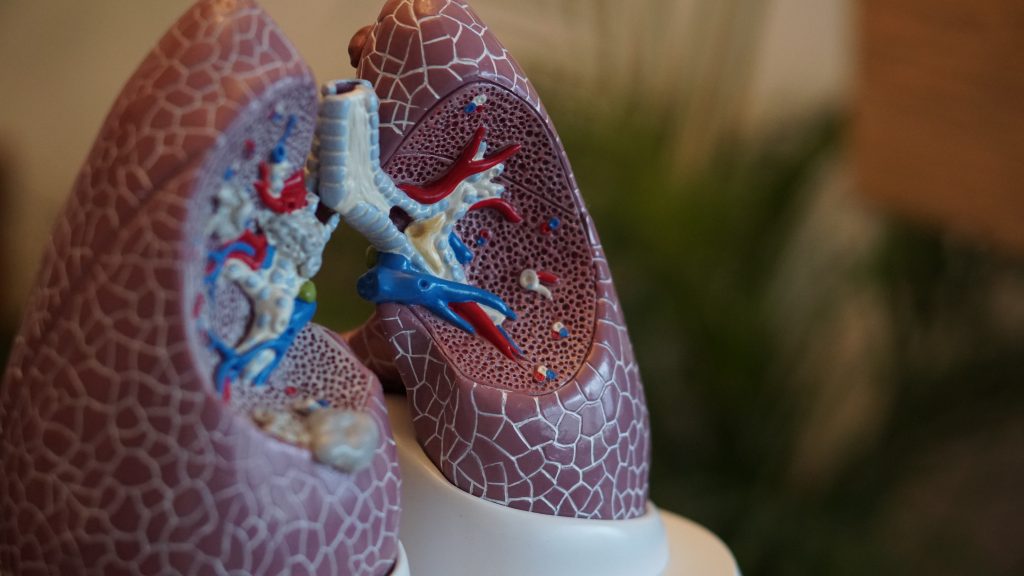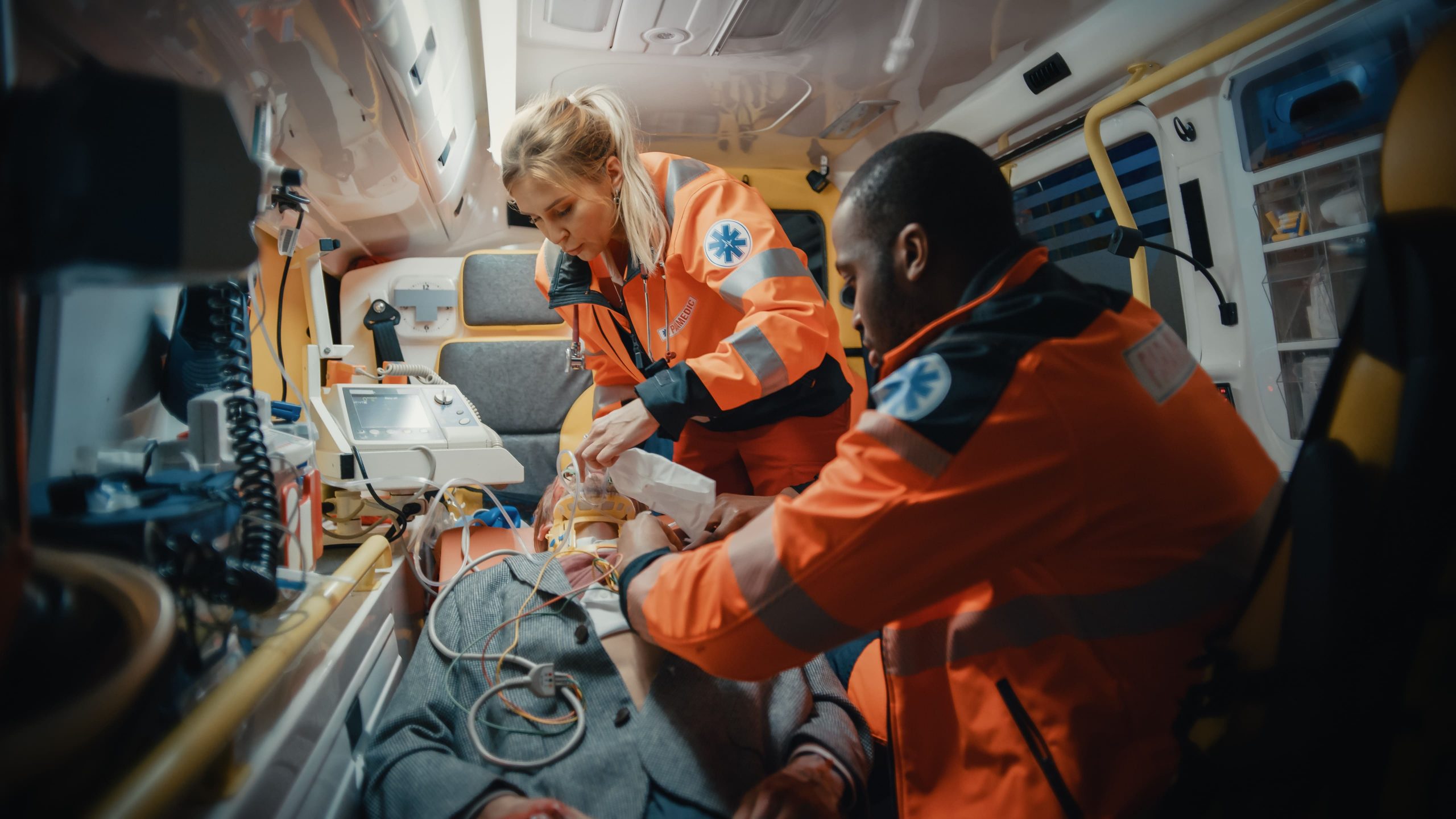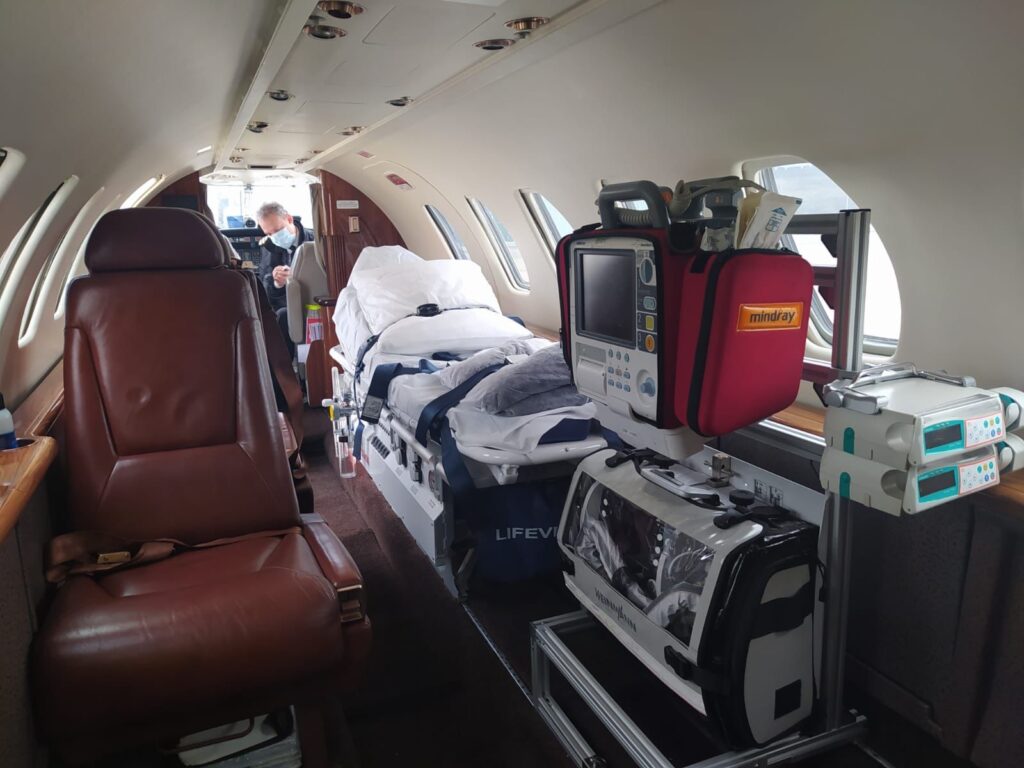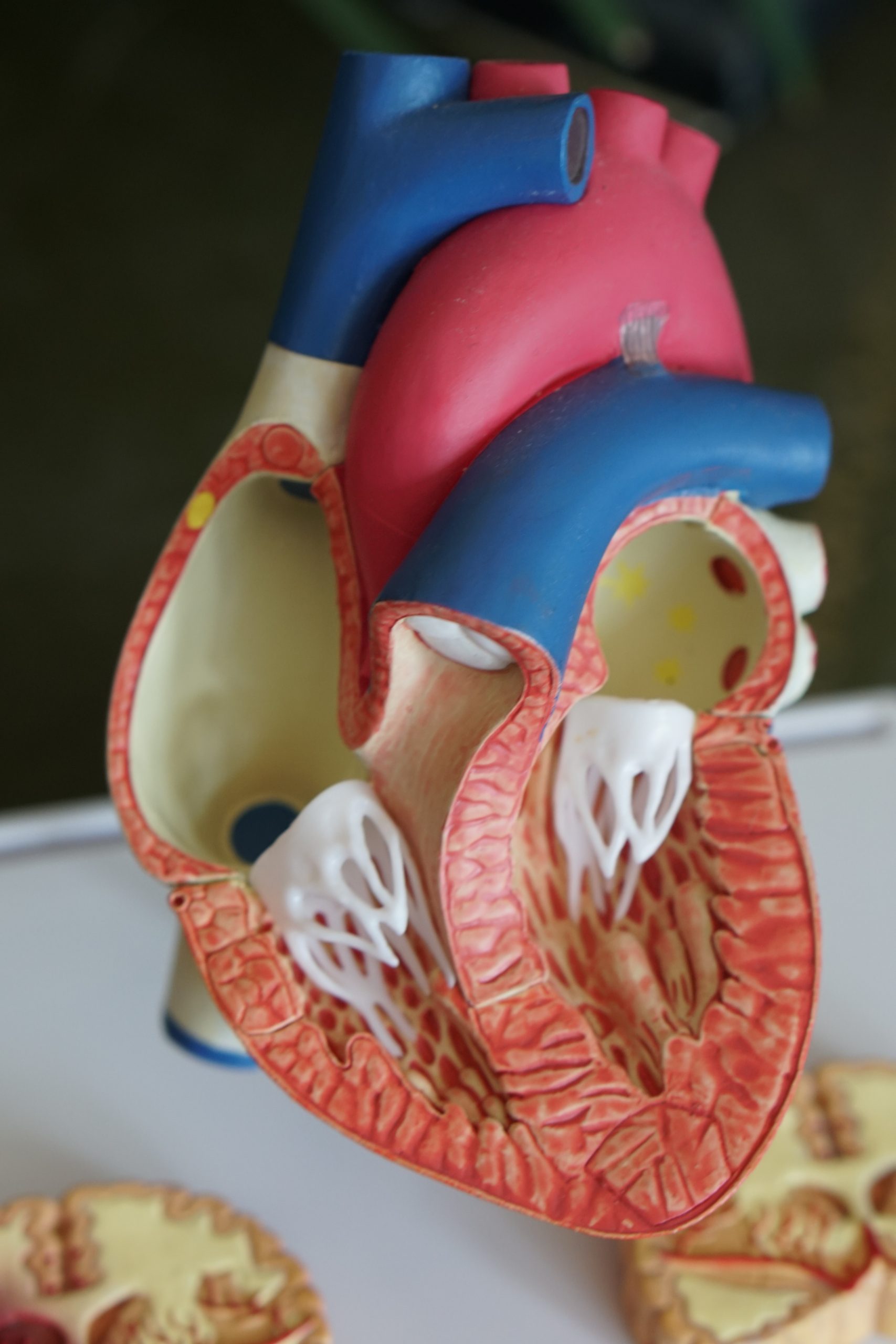Imagine being in a critical condition, stranded in a remote area, and in need of immediate medical attention. Enter air ambulances – these life-saving vehicles swoop in to transport patients to the nearest medical facility at lightning speed. But have you ever wondered about the incredible medical equipment that is onboard these flying hospitals? Over the years, the evolution of medical equipment in air ambulances has been nothing short of remarkable. From basic first aid kits to state-of-the-art diagnostic tools, this article will take you on a journey through the fascinating advancements that have revolutionized the field of airborne medical care. So buckle up, as we unravel the intriguing story behind the evolution of medical equipment in air ambulances.

Introduction to Air Ambulances
What are Air Ambulances?
Air ambulances are specialized aircraft that are equipped with medical equipment and staffed with trained medical professionals. These aircraft are designed to provide medical assistance and transportation to patients who are in need of urgent medical care. Air ambulances are typically used in cases where ground transportation is not feasible or would cause a delay in critical care.
Importance of Air Ambulances
Air ambulances play a crucial role in the healthcare system by providing rapid and efficient medical transport in emergency situations. These services are often used in cases such as severe injuries, heart attacks, strokes, and other life-threatening emergencies where time is of the essence. By reducing travel time and enabling quicker access to specialized medical care, air ambulances help save lives and improve patient outcomes.
Brief History of Air Ambulances
The concept of air ambulances can be traced back to the early 20th century when aircraft were first used to transport injured soldiers during World War I. The development of helicopters in the mid-20th century further revolutionized air medical transport, allowing for more versatile and efficient extraction of patients from remote or inaccessible locations. Over the years, advancements in technology and medical equipment have greatly enhanced the capabilities of air ambulances, making them an indispensable component of modern emergency medical services.
Early Medical Equipment in Air Ambulances
Basic Medical Supplies
In the early days of air ambulances, the medical equipment carried on board was relatively basic. It typically consisted of essential supplies such as bandages, splints, oxygen tanks, and basic medications. These supplies were primarily aimed at stabilizing patients and ensuring their comfort during transport.
Limited Treatment Options
Due to the limitations of early medical equipment, the treatment options available on board air ambulances were often limited. Complex medical procedures and interventions were not feasible, and patients requiring specialized care often had to be transferred to a hospital upon arrival. This posed challenges in cases where time was critical, as ground transportation to a hospital could cause significant delays.

Advancements in Medical Equipment
Introduction of Life-Saving Technologies
Advancements in medical technology have played a pivotal role in transforming the capabilities of air ambulances. The introduction of life-saving technologies, such as defibrillators and external cardiac pacemakers, has allowed medical professionals on board air ambulances to provide immediate care to patients experiencing cardiac emergencies. These technologies have significantly improved the chances of survival and recovery for patients in critical condition.
Improvement in Diagnostic Equipment
Air ambulances now carry advanced diagnostic equipment, including portable ultrasound machines, electrocardiograms (ECG), and blood analyzers. These tools enable medical professionals to quickly assess a patient’s condition and make informed decisions regarding treatment options. The ability to diagnose and initiate appropriate interventions during transport can be crucial in saving lives and minimizing long-term complications.
Enhanced Monitoring Devices
Modern air ambulances are equipped with sophisticated monitoring devices that allow continuous monitoring of vital signs such as heart rate, blood pressure, and oxygen saturation. These devices provide real-time information to medical professionals, enabling them to closely monitor a patient’s condition throughout the transport. This constant monitoring allows for early detection of any deterioration or changes in the patient’s vital signs, ensuring prompt intervention and timely medical care.
Compact and Portable Equipment
Miniaturization of Equipment
One of the significant advancements in air ambulance medical equipment is the miniaturization of devices. The development of compact and lightweight equipment has revolutionized the capabilities of air ambulances, allowing for the transportation of a wider range of specialized medical equipment. This miniaturization has made it possible to carry advanced equipment such as portable ventilators, infusion pumps, and advanced surgical instruments on board, enabling medical professionals to provide more comprehensive care during transport.
Lightweight and Ergonomic Designs
In addition to being compact, modern air ambulance equipment is designed to be lightweight and ergonomic. This design consideration not only ensures ease of use for medical professionals but also helps minimize the weight and space requirements on board the aircraft. Lightweight and ergonomic designs allow for efficient utilization of cabin space and ensure that essential equipment is readily accessible during medical emergencies.

Enhanced Communication and Telemedicine
Real-Time Communication Systems
Air ambulances are equipped with advanced communication systems that facilitate real-time communication between the medical team on board and healthcare professionals on the ground. These systems enable the exchange of critical patient information, coordination of medical interventions, and consultation with specialists, ensuring seamless and efficient delivery of care. Real-time communication plays a vital role in decision-making and enables medical professionals to provide timely and appropriate interventions.
Integration of Telemedicine
The integration of telemedicine technology has further expanded the capabilities of air ambulances. Telemedicine allows for remote consultation with specialists, enabling medical professionals on board to access expert opinion and guidance in real-time. This integration enhances the delivery of care in complex cases and ensures that patients receive the most appropriate treatment even during transport. Telemedicine also enables medical teams to transmit diagnostic images, such as X-rays and CT scans, to specialists for immediate interpretation and consultation.
Specialized Equipment for Specific Medical Emergencies
Cardiac Emergencies
Air ambulances are equipped with specialized equipment for managing cardiac emergencies. This includes defibrillators for treating life-threatening arrhythmias, cardiac monitors for continuous ECG monitoring, and medications for acute cardiac conditions. The availability of these specialized tools ensures that patients experiencing cardiac emergencies receive prompt and appropriate care during transport.
Trauma and Orthopedic Equipment
For patients with traumatic injuries or orthopedic emergencies, air ambulances carry specialized equipment such as traction devices, splints, and immobilization tools. These tools enable medical professionals to stabilize fractures, reduce dislocations, and ensure proper alignment of injured limbs during transport. The availability of trauma and orthopedic equipment on board air ambulances contributes to improved outcomes for patients with severe injuries.
Neonatal and Pediatric Care
Air ambulances that cater to neonatal and pediatric patients are equipped with specialized equipment to meet their unique medical needs. This includes neonatal incubators, pediatric ventilators, and equipment for monitoring vital signs in infants. The presence of this specialized equipment ensures that critically ill infants and children receive the necessary medical care and support during transport.
Advanced Life Support Equipment
Ventilation and Respiratory Support
Air ambulances carry advanced life support equipment for patients requiring respiratory support. This includes portable ventilators capable of providing mechanical ventilation in cases where a patient’s breathing is compromised. These ventilators are designed to be compact and lightweight, allowing for efficient delivery of respiratory support during transport. The availability of advanced ventilation equipment ensures that patients with respiratory emergencies receive optimal care during air transport.
Defibrillators and Cardiac Support
Air ambulances are equipped with defibrillators capable of delivering electric shocks to restore normal heart rhythm in patients experiencing cardiac arrest or life-threatening arrhythmias. These defibrillators are portable and user-friendly, enabling medical professionals on board to provide immediate cardiac support during transport. The integration of cardiac support equipment ensures that patients with cardiac emergencies receive timely interventions, improving their chances of survival.
Intravenous Medication Administration
To provide prompt medical interventions during transport, air ambulances are equipped with intravenous medication administration systems. These systems allow medical professionals to administer medications intravenously, ensuring rapid and effective delivery of essential drugs. The availability of intravenous medication administration equipment enhances the ability of medical professionals on board air ambulances to manage diverse medical conditions and emergencies with appropriate pharmacological interventions.
Integration of Technology and Connectivity
GPS Tracking and Navigation Systems
Modern air ambulances are equipped with GPS tracking and navigation systems, which allow for efficient and precise aircraft navigation during transport. These systems enable pilots to choose the optimal flight path, avoid obstacles, and accurately navigate to the destination while minimizing travel time. GPS tracking and navigation systems enhance the safety and efficiency of air ambulance operations, ensuring timely arrival at the designated medical facility.
Electronic Medical Records (EMRs)
Integration of electronic medical records (EMRs) has streamlined documentation and enhanced information sharing between air ambulances and receiving medical facilities. EMRs allow medical professionals on board to record and access patient information in a digital format, enabling seamless transfer of data upon arrival at the hospital. This integration improves the continuity of care and facilitates more efficient communication between air ambulance crews and the receiving medical team.
Data and Connectivity Solutions
Air ambulances are increasingly utilizing data and connectivity solutions to improve communication, track patient outcomes, and enhance decision-making. These solutions include real-time data transmission from monitoring devices, cloud-based storage of medical records, and analytics platforms for data analysis. The integration of data and connectivity solutions enables air ambulance services to gain insights into their operations, identify areas for improvement, and provide more effective and efficient care to patients.
Future Trends in Air Ambulance Medical Equipment
Artificial Intelligence in Diagnosis and Treatment
The future of air ambulance medical equipment may involve the integration of artificial intelligence (AI) for improved diagnosis and treatment. AI algorithms can analyze patient data and assist medical professionals in making accurate and timely decisions during emergencies. This technology has the potential to enhance diagnostic accuracy, optimize treatment protocols, and improve patient outcomes.

Drone Ambulances
Drone ambulances, also known as unmanned aerial vehicles (UAVs), are an emerging concept in air medical transport. These autonomous aircraft have the potential to rapidly transport medical supplies, emergency equipment, and even medical professionals to remote or hard-to-reach locations. The development of drone ambulances could revolutionize the field of air ambulance services, enabling faster response times and expanded access to critical medical care.
Robot-Assisted Medical Procedures
Advancements in robotics may lead to the integration of robot-assisted medical procedures in air ambulances. Robotic systems can assist medical professionals in performing complex procedures during transport, such as minimally invasive surgeries or interventions requiring precise movements. The incorporation of robotic technologies could further enhance the capabilities of air ambulances, enabling the delivery of advanced medical care during transportation.
Conclusion
Importance of Up-to-Date Medical Equipment
The evolution of medical equipment in air ambulances has significantly improved the quality of care provided to patients during emergency medical transport. The availability of advanced diagnostic tools, life-saving technologies, and specialized equipment allows medical professionals to deliver immediate and effective interventions, thereby saving lives and improving patient outcomes. It is essential for air ambulance services to regularly update and upgrade their medical equipment to ensure the highest level of care for patients in critical need.
Continuous Improvement in Air Ambulance Services
The continuous improvement in air ambulance services, including advancements in medical equipment, technology integration, and specialized training, reflects the commitment to providing the best possible care in emergency situations. By staying at the forefront of medical advancements and embracing innovative solutions, air ambulance services can further enhance their capabilities and continue to save lives. The evolution of medical equipment in air ambulances is a testament to the dedication and innovation of the healthcare professionals who ensure the safety and well-being of patients in need of urgent medical transport.



